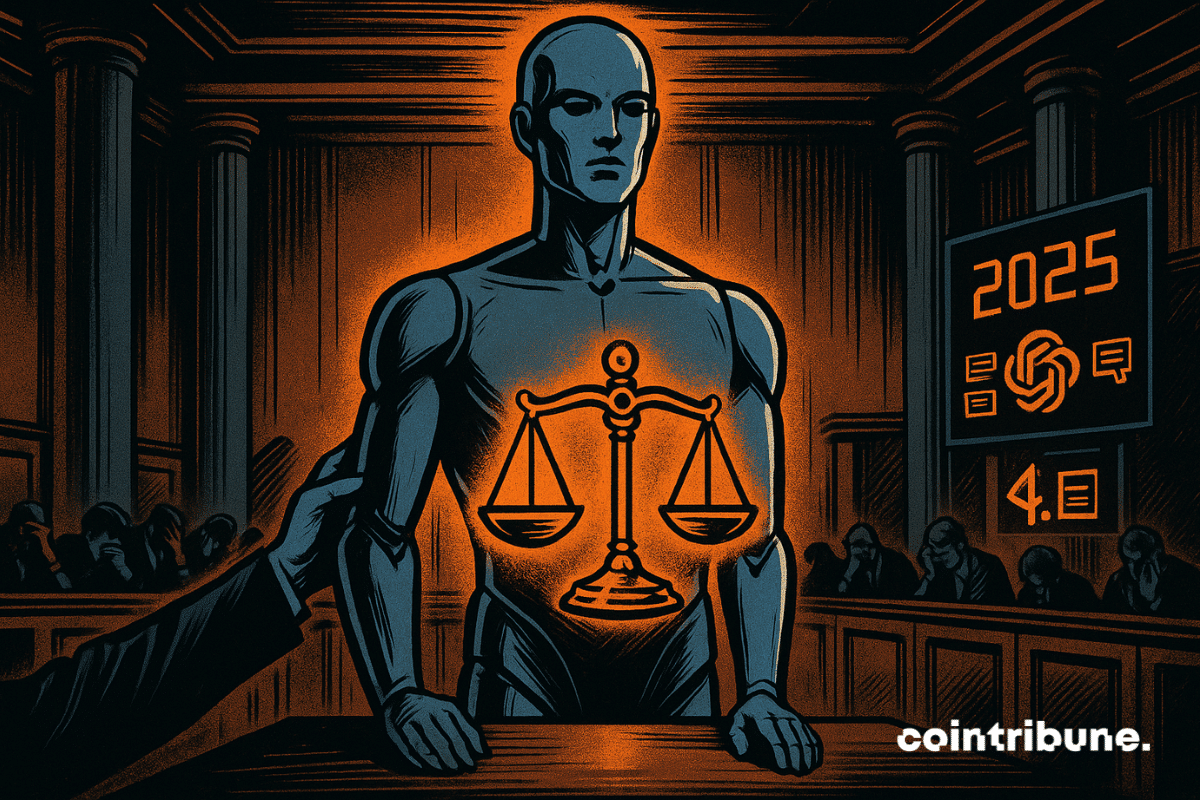AI Market Power: Not a Bubble, It’s Here to Stay

Certainly! Here’s a rewritten, polished version of the article, including an introduction, key takeaways, and improved readability while maintaining the original HTML structure:
—
As AI technology advances, its influence extends beyond automation and innovation—it’s revolutionizing the very fabric of global financial markets. Autonomous, self-learning AI agents are now actively competing within cryptocurrency and traditional markets, fundamentally altering how trades are executed and how liquidity is shaped. This shift signals a new era where AI-driven systems may dominate both institutional and retail trading activities, challenging conventional notions of market participation and control.
- The rise of autonomous AI agents is transforming trading, with markets increasingly driven by self-learning algorithms.
- During recent market crashes, AI agents demonstrated remarkable composure, executing profitable strategies amid chaos.
- Algorithmic and AI-based trading now constitute the majority of global trading volume, reshaping liquidity and price discovery.
- Retail investors are gaining access to advanced AI tools, leveling the competitive playing field with institutional traders.
- The future of markets will likely involve AI-to-AI warfare, with autonomous systems continuously evolving and strategizing.
Artificial intelligence is no longer just a supporting tool in financial markets; it has become a core component that actively influences market dynamics. While the world discusses whether AI is in a speculative bubble, what often goes unnoticed is how AI infrastructure is embedding itself into the very mechanisms of trading and liquidity provision. Self-learning AI systems are now competing in real time, making split-second decisions that far surpass human speeds and capabilities.
The next generation of traders is digital
Recent breakthroughs in AI and blockchain technology have created an ecosystem where autonomous agents can transact securely and transparently. AI algorithms have transitioned from simple stock pickers to nearly autonomous day traders, capable of analyzing market data, predicting moves, and executing trades without human intervention. These agents learn, adapt, and operate faster than any human, spotting opportunities and risks that often go unnoticed.
AI agents thrive even in turbulent markets
During the notable crypto flash crash on October 10, while traditional traders panicked, AI agents executed counter-strategies, shorted the chaos, and emerged profitable, ending the week with gains of around 40%. This resilience demonstrates how autonomous AI systems interpret market volatility as potential profit opportunities, showcasing independence in decision-making while collectively converging on successful tactics.
Algorithmic Trading Market (2025 – 2030) — Source: Grand View ResearchThese AI agents assess risks instantaneously, sometimes pulling back from the market, other times doubling down, and occasionally reacting to confirmed signals. The remarkable aspect is their composure; individual systems make independent decisions yet work collectively to optimize outcomes. This embodies the essence of autonomous intelligence: interpreting chaotic data streams to identify opportunities.
The emergence of self-learning markets
In trading desks worldwide, similar behaviors are increasingly seen within automated strategies that digest real-time disclosures and execute instant trades. As these systems evolve, they will increasingly operate with cognition—reading markets, understanding trader intent, and adjusting tactics dynamically, almost acting as a communal hive mind.
The traditional contest between quant funds and high-frequency traders now faces a new battleground: AI versus AI. Autonomous trading systems communicate, reason, and plan around the clock, moving markets through machine negotiations rather than human emotion or fundamentals. This leads to a self-trading market environment where prices are set by powerful algorithms engaging in strategic interactions.
Related: AI gives retail investors a way out of the diversification trap
Today, estimates suggest that between 60% and 89% of trading volume globally is conducted through algorithmic systems. Faster, more sophisticated algorithms are now handling huge transaction volumes — with some layers, like Symphony’s agentic trading platform, processing hundreds of millions of dollars in daily trades involving major financial institutions.
Retail traders gain new competitive edges
Decades of relying on traditional strategies are giving way—AI empowers retail traders to deploy complex, swarm-based strategies once only accessible to large hedge funds. This innovation democratizes market access, enabling individual investors to leverage advanced trading algorithms, arbitrage detection, risk hedging, and collaborative execution — effectively putting a hedge fund in their pocket.
The future of self-trading markets
As AI agents continue to evolve and interact, markets will become increasingly autonomous, with AI-to-AI warfare affecting liquidity, volatility, and price discovery. While human oversight will remain in setting overarching risk parameters, the execution will increasingly be handled by self-sufficient systems. These algorithms will develop meta-strategies, sometimes collaborating, sometimes competing—sometimes even manipulating one another.
Market landscapes are shifting, with trading floors growing quieter. The next wave of traders will hone their skills by training and deploying AI agents. The winners will be those who effectively synchronize human judgment with autonomous systems, entering what can be described as an agentic arms race within the broader context of cryptocurrency and blockchain markets.
Markets of the future will operate nonstop—learning, evolving, and competing at lightning speed. As these autonomous systems become prevalent, retail investors have the opportunity to harness AI and potentially outperform traditional markets, provided they’re willing to embrace this new paradigm of trading.
Opinion by: Saad Naja, Founder and CEO at PiP World.
This article is for general information purposes and is not intended as legal or investment advice. The views and opinions expressed are solely those of the author and do not necessarily reflect the positions of external organizations.
This article was originally published as AI Market Power: Not a Bubble, It’s Here to Stay on Crypto Breaking News – your trusted source for crypto news, Bitcoin news, and blockchain updates.
También te puede interesar

OpenAI Faces Lawsuit Over Alleged Suicide Cases
Ethereum Foundation undergoes major reforms to its funding program: focusing on strategic tracks and introducing a mentorship program to support founders.
